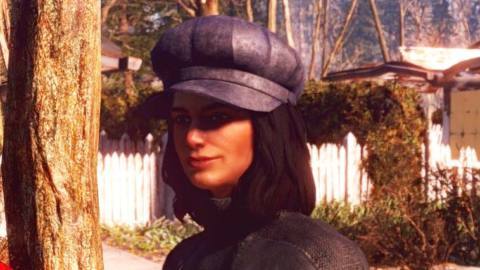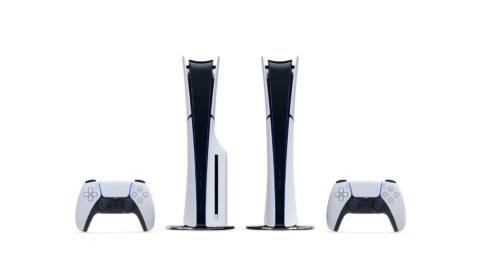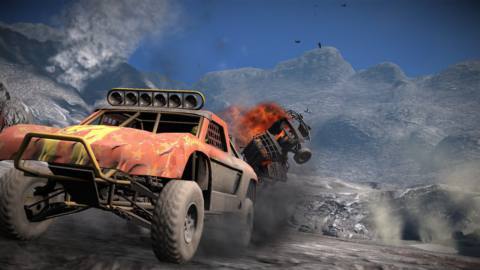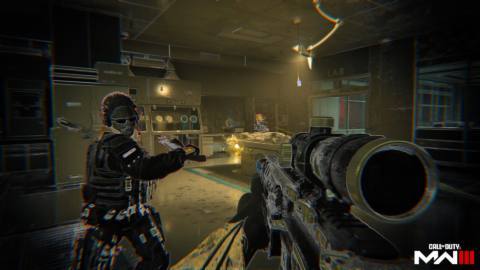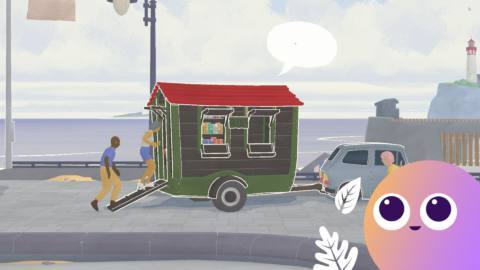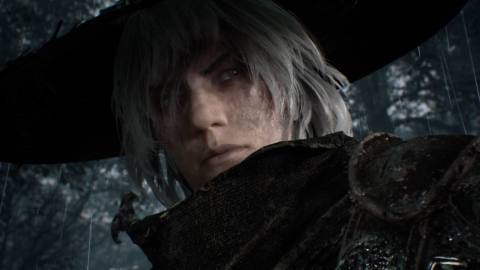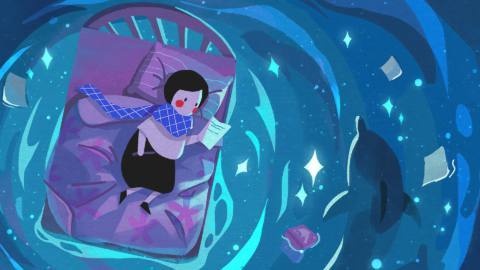
It’s rather appropriate that the idea for Paper Trail – a game where you have to fold paper to solve puzzles – came from a brainstorming session where Newfangled Games’ founders and brothers, Henry and Fred Hoffman, folded the paper of their hand drawn levels, then noticed that the puzzles on the front and the back could combine to make an even bigger puzzle. This one magic idea stuck from the off – but Newfangled Games’ debut indie didn’t always look like the polished puzzler it is now. There were some conceptual design bumps in the road, a trip to Boxpark Shoreditch, and a Netflix deal to chase before they could reach Paper Trail’s true potential.
In the release version of Paper Trail, you play as Paige, who runs away from the ‘forgotten seaside town’ of Southfold to pursue her dream of attending university and becoming an Astrophysicist. Instead of just catching the train like the rest of us, Paige bends the space-time continuum to fold the world around her. You see her rural world from a top-down perspective, like looking at a piece of paper, and then you fold the world, just like that paper, to reveal the pattern on the other side to create paths, move objects, and combine symbols. A simple mechanic that creates some deceptively hard, but rewarding, puzzles. However, initially, Paper Trail was more of a sidescroller, but “there wasn’t a huge amount of variety you could do with it,” Henry Hoffman tells me as I chat with him on a video call. “It was interesting one-off interactions, but it didn’t really have any scope beyond that.”
So then Paper Trail transformed into more of a Metroidvania, where you fold the map itself rather than the levels. “And it’s funny,” Henry tells me, “because we weren’t aware of Carto at the time, and I don’t think Carto had come out, but that’s very much what that ended up doing, where you’re zooming out and manipulating the environment and rearranging.” But this map folding didn’t work for them either, “because there wasn’t any real immediate feedback from folding the macro environment,” Henry explains. “You would do that and then you wouldn’t really see exactly what had happened, it would be a little bit confusing and disorienting.”

